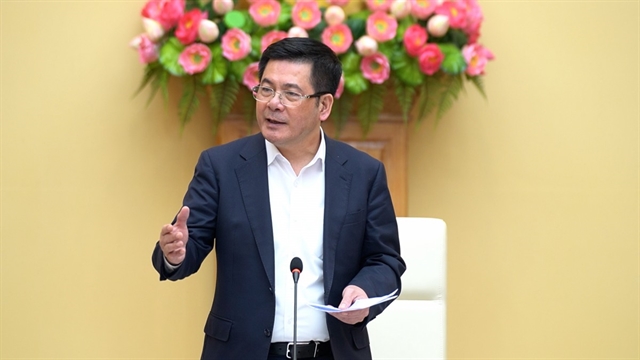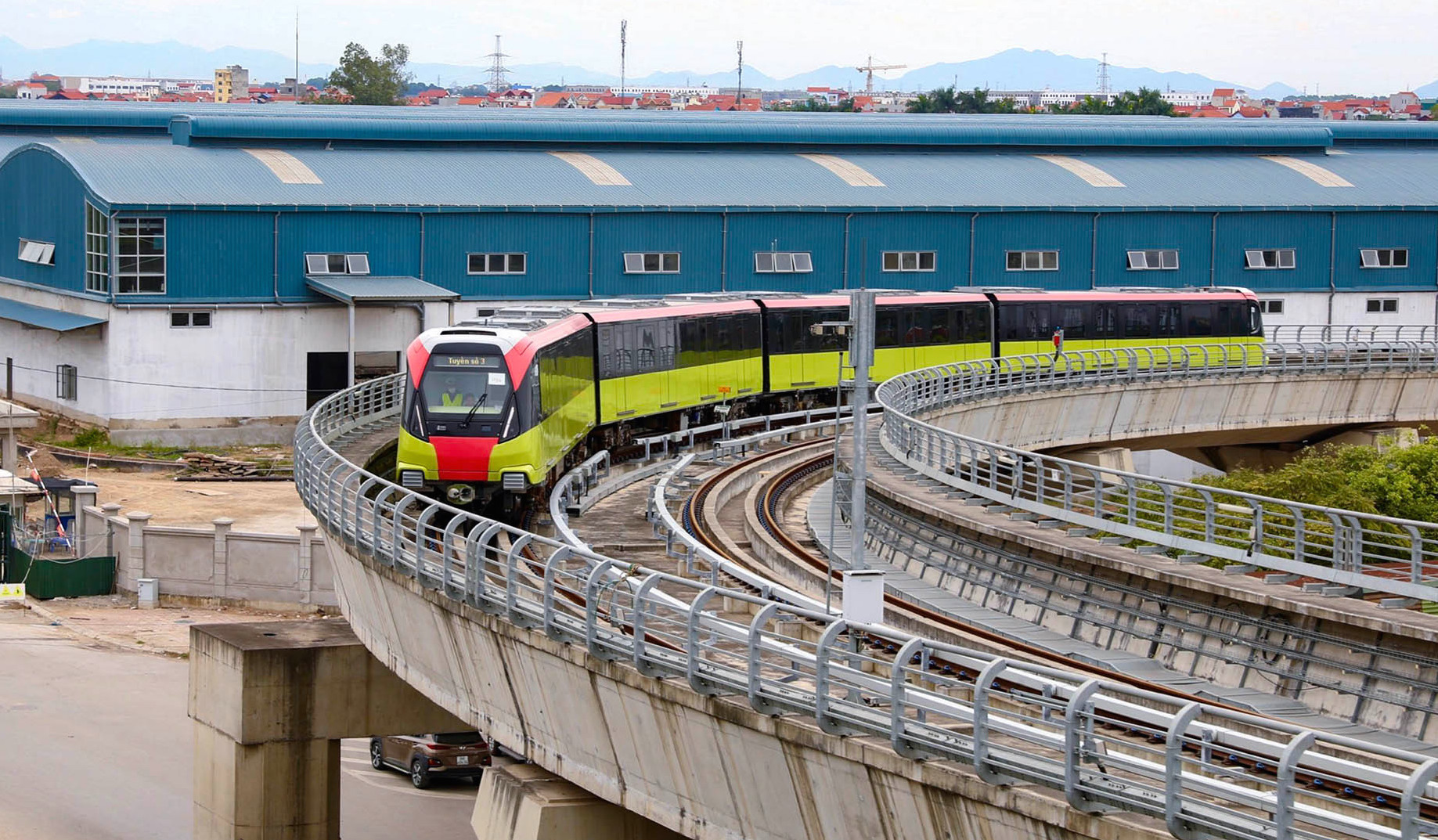Skilled workforce key to Việt Nam’s nuclear power resurgence
January 03,bong.dalu 2025 - 22:07 |
| Minister of Industry and Trade Nguyễn Hồng Diên speaks at a conference on building a nuclear workforce on Thursday. — Photo from the Ministry of Industry and Trade |
HÀ NỘI — Some modern nuclear technologies are much safer than traditional power sources, making them ideal for Việt Nam’s diverse geography and energy needs, according to Minister of Industry and Trade Nguyễn Hồng Diên.
Diên made the remarks at Thursday's conference on building the talent pool for nuclear power.
Minister Diên highlighted the Government’s late-November decision to restart Việt Nam’s nuclear power programme. He described the move as timely and appropriate in light of global and domestic energy demands, as traditional energy sources become increasingly unsustainable.
"Modern nuclear technology has reached safevels far beyond traditional energy sources," he said. "Its scalability and flexibility align perfectly with Việt Nam’s geography and energy needs."
He pointed out that the country’s long, narrow geography makes small modular reactors (SMRs) an ideal choice, especially in areas with abundant renewable energy potential. Combining SMRs with solar and wind energy could strengthen Việt Nam’s clean energy foundation while supporting its carbon neutrality goal for 2050.
The minister also highlighted the country’s favourable conditions for nuclear energy development, including its demographic advantages.
"Việt Nam is a populous nation with a young, tech-savvy workforce capable of quickly adopting advanced technologies,” he added. However, the country faces a significant shortfall in nuclear energy professionals.
Ly Quốc Hùng, Director of the Ministry's Department of Science and Technology, reported that Việt Nam lacks the quantity and quality of skilled personnel required for nuclear energy development.
Key areas such as reactor technology, nuclear physics and radiation safety remain underdeveloped, compounded by limited experience in educational institutions in training nuclear energy specialists.
In addition to fields directly related to nuclear power, more than half of the workforce required for a nuclear power plant involves expertise in mechanical engineering, materials science, electrical engineering, automation and environmental science.
The country’s current education system has yet to fully address these interdisciplinary needs.
An earlier Government initiative in 2010 aimed to train thousands of nuclear energy specialists by 2020. In six years, the Ministry of Education and Training has sent 429 students to study nuclear-related fields in Russia, while EVN sent 31 students to Japan and trained 24 engineers in nuclear energy.
However, the programme was curtailed in 2016 when the Ninh Thuận nuclear power project was suspended. Many trained professionals have since transitioned to other sectors or moved abroad.
The lack of a comprehensive review of these previously trained personnel further complicates efforts to revive the programme. Minister Diên called for an immediate reassessment of this workforce to determine how many could be retrained or redeployed.
International experts, including the IAEA and France’s EDF, estimate that operating a nuclear power plant with two 1,000MW reactors requires between 600 and 1,200 skilled workers. For Việt Nam’s planned Ninh Thuận 1 and 2 plants (2,000MW each), the total workforce demand would be 2,400.
The programme also requires advanced researchers, legal experts specialising in nuclear regulation and educators in nuclear sciences. Including personnel for state management, research institutes and academia, the total workforce demand rises significantly, with some critical roles taking up to 10 years to adequately train.
The conference highlighted the need for an integrated ecosystem to support nuclear power development. Key recommendations included expanding or establishing university training programmes with courses in nuclear engineering, radiation safety, nuclear physics and related fields, as well as sharing resources between research institutions and universities to optimise efficiency.
“We must determine how many of our previously trained personnel can be redeployed and identify gaps in training. Collaboration between institutions is critical to maximise the use of existing facilities and resources,” Minister Diên said.
He also emphasised the importance of cooperation among educational institutions, research centres, and government agencies. He suggested shared use of specialised laboratories and joint programmes between institutions like the Vietnam Atomic Energy Institute and Dalat Nuclear Research Institute.
Moreover, the Ministry of Industry and Trade will propose policies to support nuclear education and training. Educational standards for nuclear programmes will be established in collaboration with the Ministry of Education and Training, ensuring nationwide consistency. — VNS


 相关文章
相关文章

 精彩导读
精彩导读

 热门资讯
热门资讯 关注我们
关注我们
